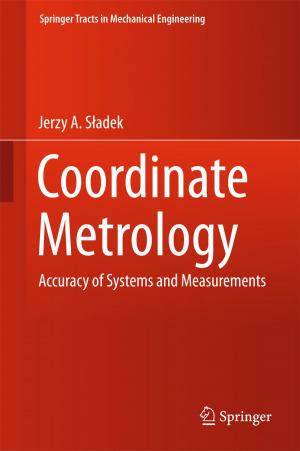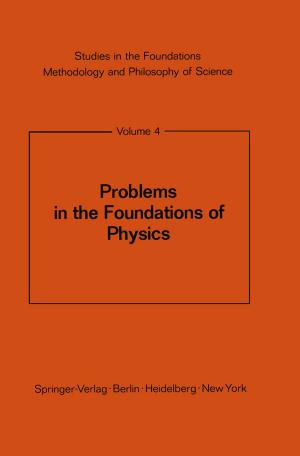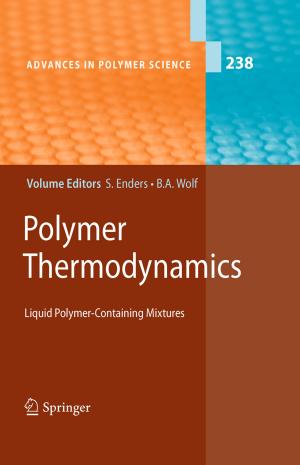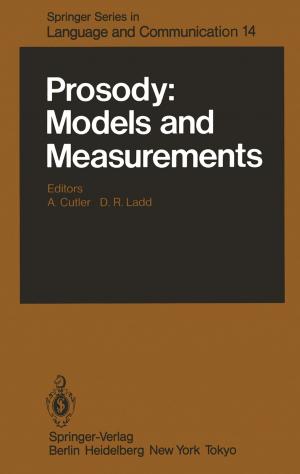Nonlinear Optics in the Filamentation Regime
Nonfiction, Science & Nature, Technology, Lasers, Science, Physics, Nuclear Physics| Author: | Carsten Brée | ISBN: | 9783642309304 |
| Publisher: | Springer Berlin Heidelberg | Publication: | July 9, 2012 |
| Imprint: | Springer | Language: | English |
| Author: | Carsten Brée |
| ISBN: | 9783642309304 |
| Publisher: | Springer Berlin Heidelberg |
| Publication: | July 9, 2012 |
| Imprint: | Springer |
| Language: | English |
This thesis provides deep insights into currently controversial questions in laser filamentation, a highly complex phenomenon involving nonlinear optical effects and plasma physics. First, based on the concrete picture of a femtosecond laser beam which self-pinches its radial intensity distribution, the thesis delivers a novel explanation for the remarkable and previously unexplained phenomenon of pulse self-compression in filaments. Moreover, the work addresses the impact of a non-adiabatic change of both nonlinearity and dispersion on such an intense femtosecond pulse transiting from a gaseous dielectric material to a solid one. Finally, and probably most importantly, the author presents a simple and highly practical theoretical approach for quantitatively estimating the influence of higher-order nonlinear optical effects in optics. These results shed new light on recent experimental observations, which are still hotly debated and may completely change our understanding of filamentation, causing a paradigm change concerning the role of higher-order nonlinearities in optics.
This thesis provides deep insights into currently controversial questions in laser filamentation, a highly complex phenomenon involving nonlinear optical effects and plasma physics. First, based on the concrete picture of a femtosecond laser beam which self-pinches its radial intensity distribution, the thesis delivers a novel explanation for the remarkable and previously unexplained phenomenon of pulse self-compression in filaments. Moreover, the work addresses the impact of a non-adiabatic change of both nonlinearity and dispersion on such an intense femtosecond pulse transiting from a gaseous dielectric material to a solid one. Finally, and probably most importantly, the author presents a simple and highly practical theoretical approach for quantitatively estimating the influence of higher-order nonlinear optical effects in optics. These results shed new light on recent experimental observations, which are still hotly debated and may completely change our understanding of filamentation, causing a paradigm change concerning the role of higher-order nonlinearities in optics.















